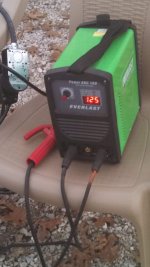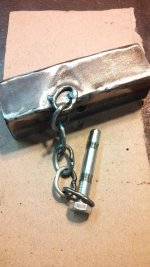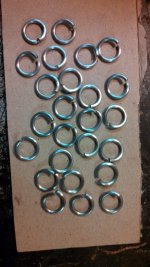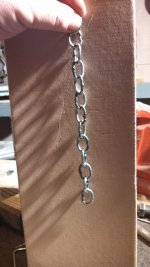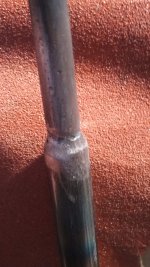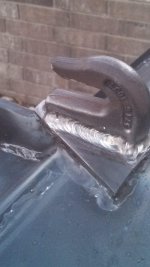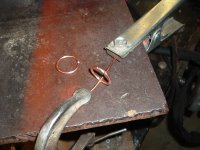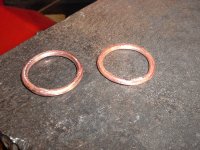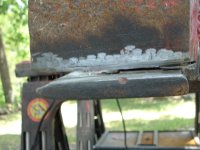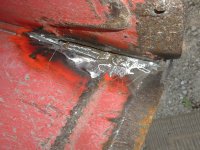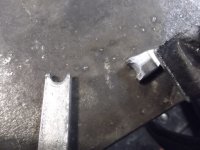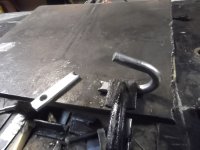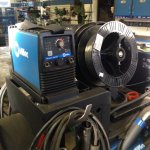160 might be enough, it will be good for up to 1/4 material. I generally run stick welding from 110 to 130 amps, with 6013, 6011, or 7018 rods. Scratch start tig welding can be done on many of the newer stick welders. Most of the less expensive units won't include high frequency start, although the Everlast 160STH has it (the H is for high freq I am guessing). At $439 on Amazon, it is a bargain IMHO. But that assumes that you would do much TIG work, and therefore want the easier starting of high frequency start TIG. For about $375 you can step up to the Everlast 200 amp unit, which is scratch start TIG.
So one question is what process do you want to use, stick, tig, or mig? Stick is used on farm work many times due to the fact that you can weld semi-dirty or painted surfaces where MIG and TIG require the metal to be clean. TIG is a much more precise process, so it is commonly used where heat control is at least a moderate consideration, along with having a high quality appearance or low amount of impurities in the weld. MIG is considered by many to be the easiest process to learn, but like TIG the metal must be clean. Stick is the most tolerant of unclean metal, and the welds can be somewhat ugly and still strong.
All this is assuming that you are working with steel, not aluminum or stainless.
To answer your question about 160 versus 200, you need to think about where you want to set the limits, as it takes more amps the thicker the metal is. Also, look at the duty cycle of the welders that you are considering. A welder rated at 160 amps plugged into 220 volts is going to be at a 20 - 35% duty cycle, which means the percentage of time that you can welder per 10 minutes. If it supports TIG, it is probably a reduced rate, say 130 amps. And if you plug it into 110volts (if it supports dual voltage) it will be limited to 125 amps or less on the highest setting.
If it were me, and I had the extra bucks, I would spring for the 200 to ensure that I had the capacity for the future, but that's just me...
